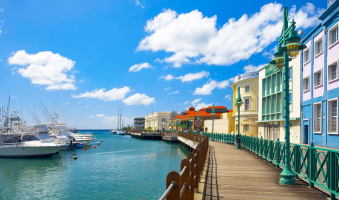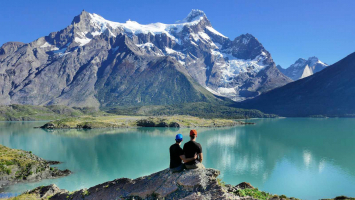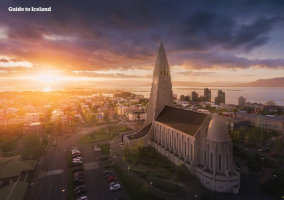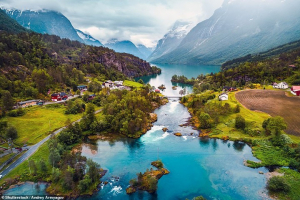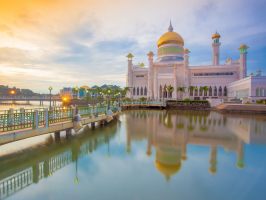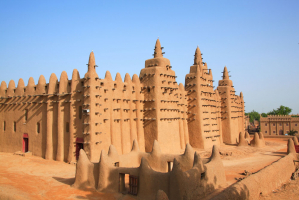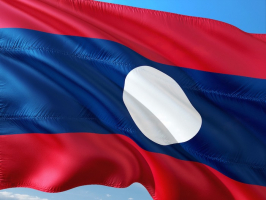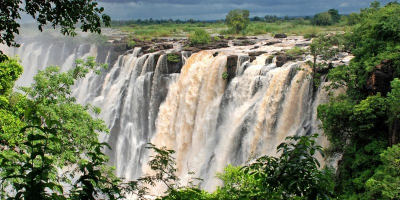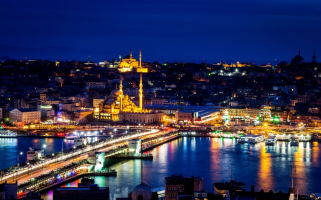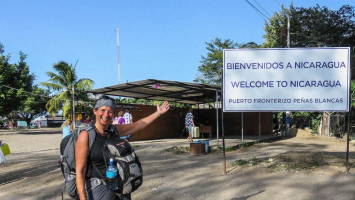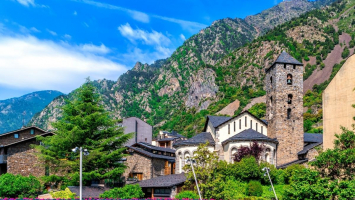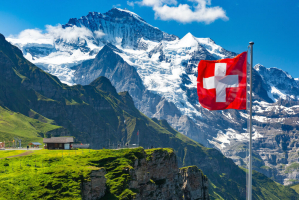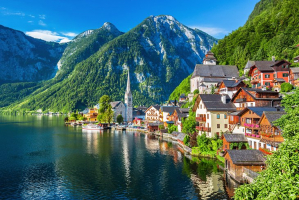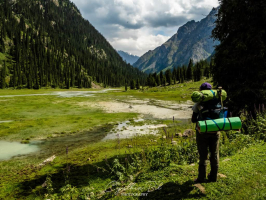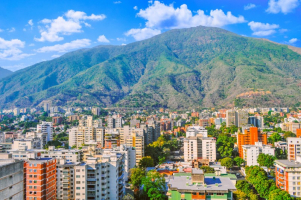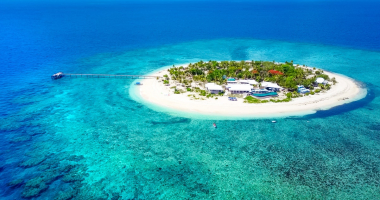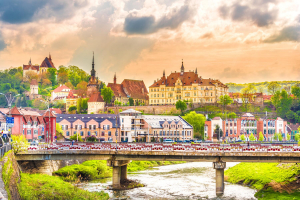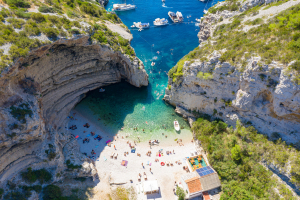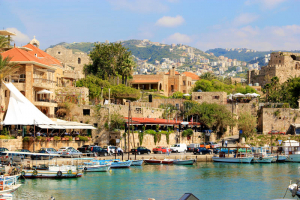Top 12 Things About Eswatini You Should Know
Former Swaziland's tiny size means that attractions are easily accessible, and the friendly natives would go out of their way to assist you. Its culture and ... read more...traditions may be unknown to individuals who have not traveled to other southern African countries. Here are some Things About Eswatini You Should Know.
-
It’s always been called eSwatini is one of the Things About Eswatini You Should Know . While many people across the world were surprised by the country's recent name change from Swaziland to Eswatini, the Swati people were not. They have always referred to the country as eSwatini, as well as the British-administered appellation of 'Swaziland.' In reality, besides the name 'Swaziland,' the word 'the Kingdom of Eswatini's was already written on passports. The new name, Eswatini, is Swazi for "country of the Swazis," and was chosen partly to avoid confusion with Switzerland, which has the same name.
During the country's independence day festivities on April 19, 2018, King Mswati III announced that Swaziland would be renamed 'the Kingdom of eSwatini.' The official name change came as a surprise, as the King had been referring to the country as the Kingdom of eSwatini for many years.
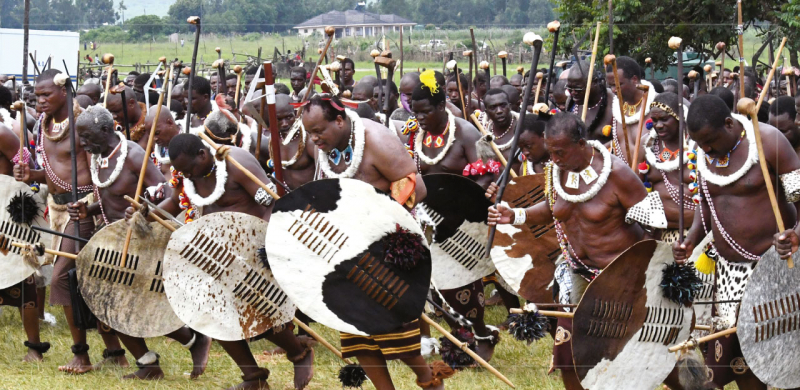
bbc.com 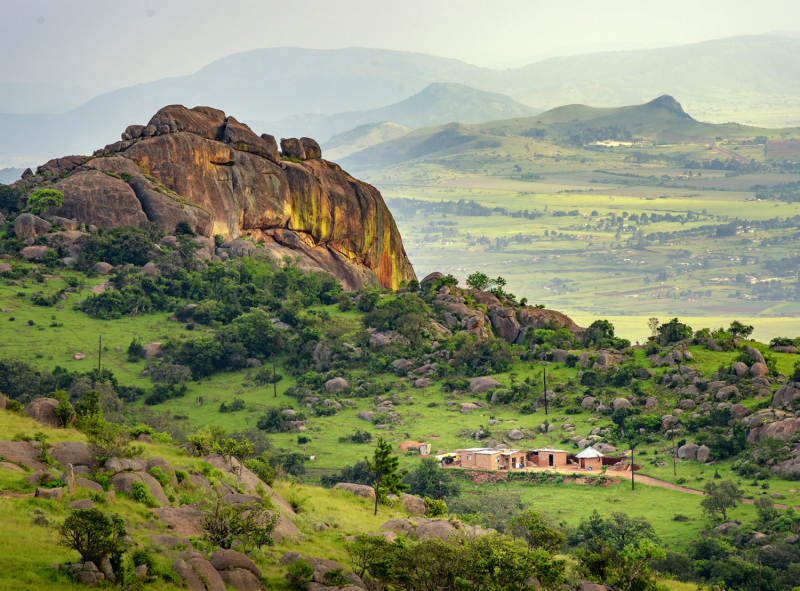
bbc.com -
Many tourists are fascinated by the complexities of Africa's last remaining absolute monarchy, and you'll have plenty of questions. While the Swati people are extremely hospitable, they may be reluctant to answer seemingly benign questions concerning the royal family, such as how many children the monarch has. This is due to the fact that sharing information about the king's personal life, such as the number of wives and children he has, is prohibited. If your queries appear to be making the locals uncomfortable, don't press too hard to avoid offending them.
King Mswati III has absolute power over the land, and his authority is unconstrained and unchallenged by the law. This was proved in April 2018, when he announced that the country's name had been changed from 'Swaziland' to 'the Kingdom of eSwatini,' suddenly and without public deliberation. The name change was an important component of eSwatini's '50/50 festivities,' which commemorated the King's 50th birthday as well as the country's 50th year of independence.
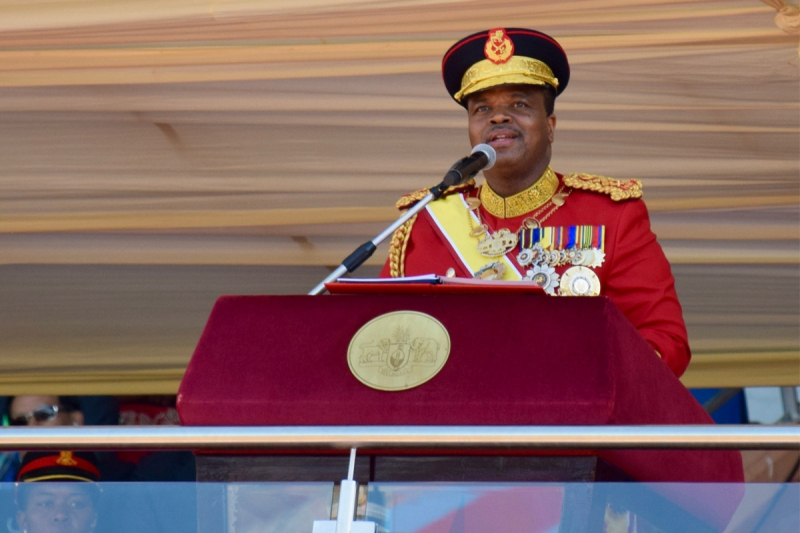
britannica.com 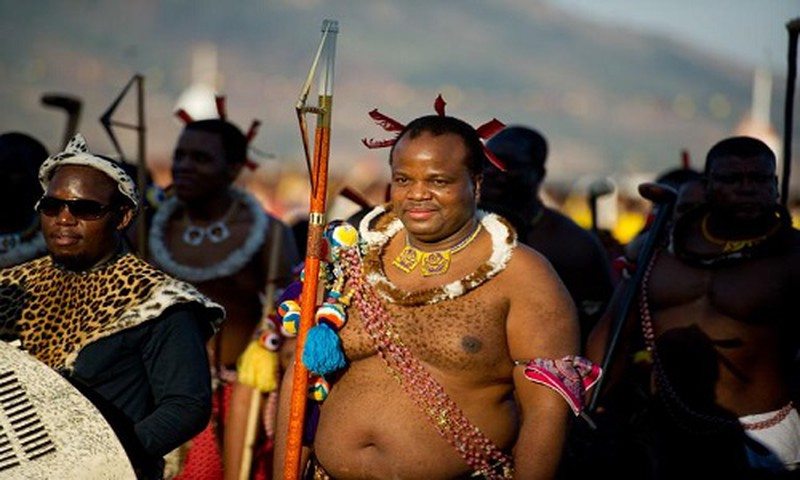
britannica.com -
Malaria is an infectious disease spread by mosquitos that affect people and other animals. The disease is seen in a large range of tropical and subtropical regions near the equator. Much of Sub-Saharan Africa, Asia, and Latin America are included. The risk of disease can be lowered by using mosquito nets and insect repellents to avoid mosquito bites, as well as mosquito-control techniques including spraying insecticides and emptying standing water. Malaria prevention drugs are available for travelers in locations where the disease is common.
While neighboring Mozambique has a significant risk of malaria, the disease is uncommon in most places of eSwatini. According to the Times of South Africa, the country is on track to become the first in southern Africa to entirely eradicate malaria. Anti-malarial medication is only required if visiting the eastern part of eSwatini, which includes the Lowveld, Lubombo Mountains, and Lubombo Conservancy. However, the prevalence of HIV and AIDS is extremely high. Before you travel, make sure to check the most recent travel advice for the most up-to-date information.

cdc.gov 
cdc.gov -
Currency in Eswatini is one of the Things About Eswatini You Should Know. Namibia, Lesotho, and Eswatini, all members of the Common Monetary Area, accept the South African rand as legal money. Although each of these countries has its own national currency (the dollar, loti, and lilangeni, respectively), they have all been tied to the rand since their inception, and the rand is still commonly recognized as a substitute. In Botswana, the rand was legal money until 1976, when the pula replaced it at par.
The lilangeni (plural: emalangeni) is the currency of eSwatini, and it has the same exchange rate as the South African rand. You can also spend South African rand (excluding coins) anywhere in the country because rand notes are widely accepted. Remember to change your emalangeni back before you leave because exchanging this currency outside of eSwatini is difficult. Many businesses, restaurants, and hotels accept credit cards, and most ATMs will let you withdraw money using an international debit card.
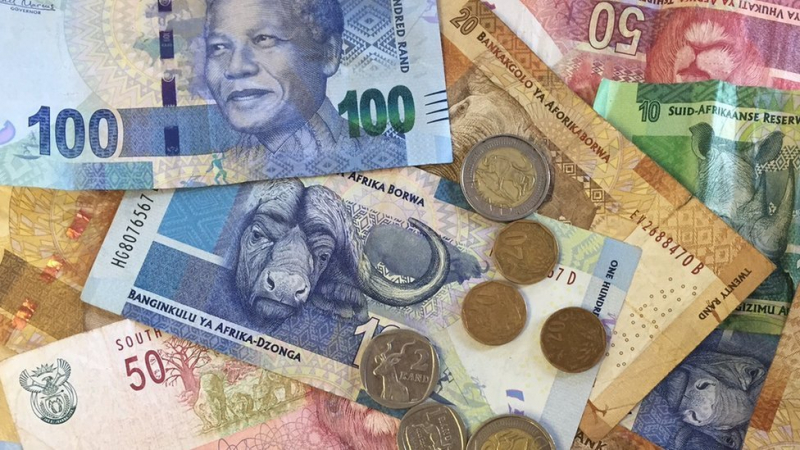
reuters.com 
reuters.com -
At the moment, the only way to get to Eswatini is to fly from Johannesburg to King Mswati III International Airport on Airlink. Matsapha Airport has been replaced with this much larger airport. Prior to COVID, Airlink was the sole provider of flights to Eswatini from Johannesburg, which took about 45 minutes.
The only way to get to eSwatini's King Mswati III International Airport is to fly from Johannesburg, however, new flight routes are likely to open up in the near future. When flying out of eSwatini, an obligatory airport tax of 50 rands (approximately £2.80) is imposed. However, land borders from both South Africa and Mozambique make it simple to enter the country, where cars are taxed 50 rands per vehicle. Flights were available four times each day for $175 one-way and $350 return. When leaving King Mswati III International Airport, an airport tax of E50 is required.
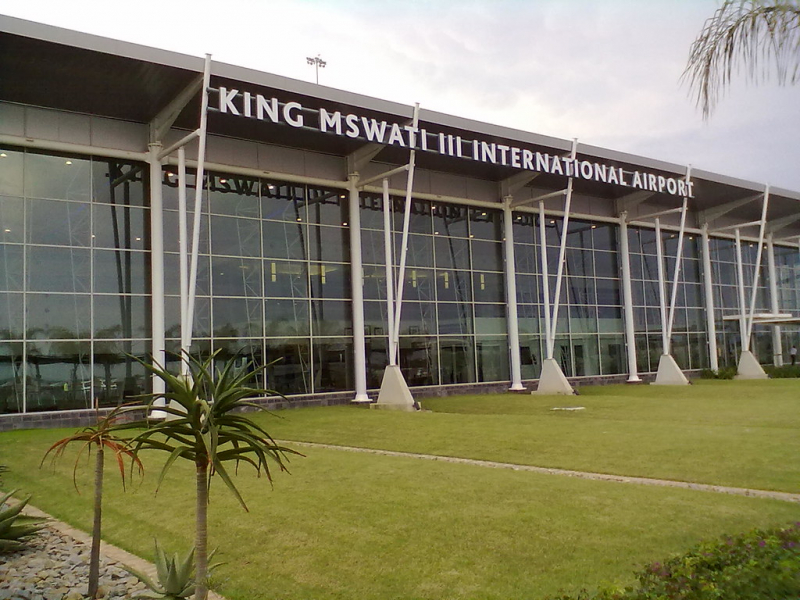
simpleflying.com 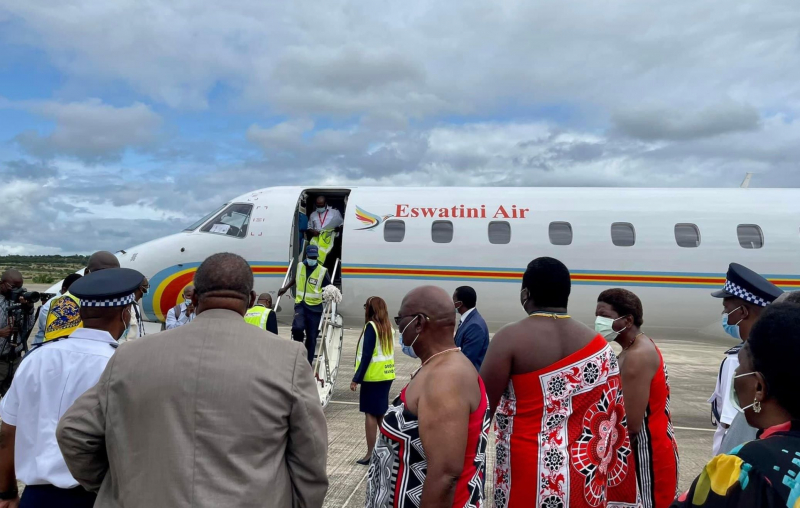
simpleflying.com -
You might not need a visa is one of the Things About Eswatini You Should Know. Most Commonwealth citizens do not need to apply for a tourist visa ahead of time and can remain for up to 30 days. Those who intend to stay longer should apply to the Ministry of Home Affairs. Before arriving, consult the Kingdom of eSwatini's visa guidance for the most up-to-date information.
Eswatini is open to tourists and business travelers for up to 30 days. Following that, you can apply to the Ministry of Home Affairs for a 30-day extension. If you intend to stay for more than 60 days, you must apply for a Temporary Residence Permit (TRP). Please utilize the Visa Checker below, and if necessary, contact your local Eswatini diplomatic mission to get visas for any nationality. For foreigners who require visas and are traveling through South Africa, the Eswatini High Commission is the place to go.
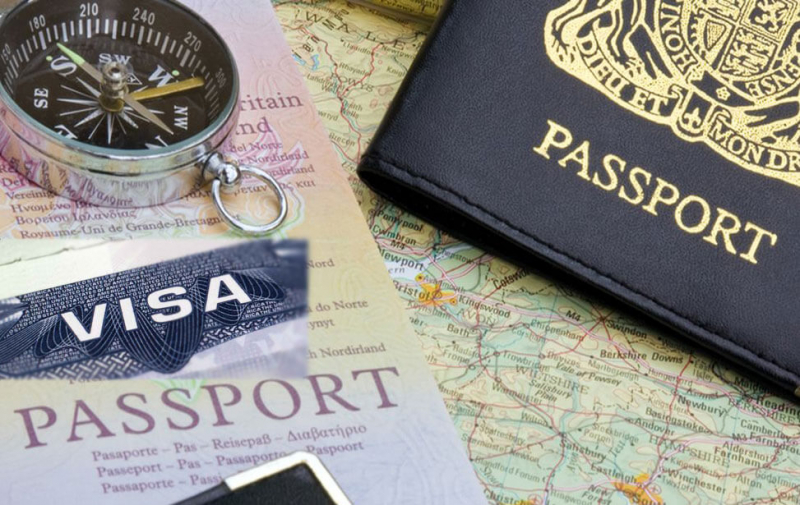
vietnamimmigration.com 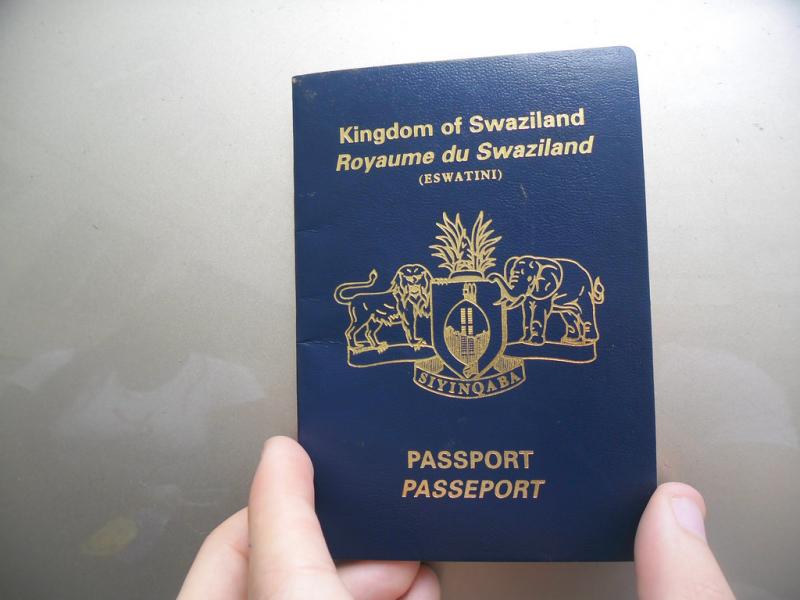
vietnamimmigration.com -
Things About Eswatini You Should Know is that Eswatini is one of the best places to see rhinosThings About Eswatini You Should Know is that It’s one of the best places in Africa to see rhinos. You might be shocked to hear that this tiny country is a fantastic place to see wildlife, especially black and white rhinos, which can both be found at Mkhaya Game Reserve. eSwatini has one of the lowest poaching rates in Africa, thanks to its strict conservation legislation.
Mkhaya Game Reserve in eSwatini has been instrumental in the country's animal conservation efforts. Big Game Parks bought it in 1979 with the goal of saving the last of the country's indigenous Nguni cattle. Since then, the park's mission has grown to include the protection of other threatened and endangered species. The protected region takes pride in its strict conservation security and has one of Africa's best anti-poaching units. Mkhaya is believed to be one of the greatest places in Africa to see both black and white rhinos, both from game vehicles and on foot, due to its high security and proactive attempts to safeguard endangered species.
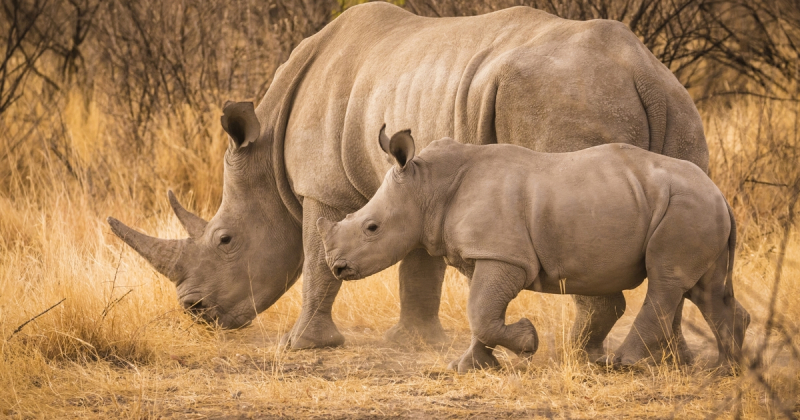
ifaw.org 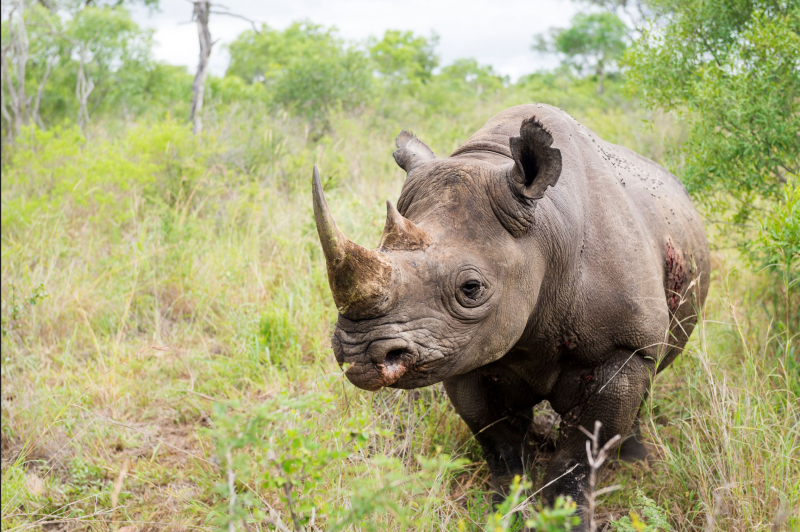
ifaw.org -
Because eSwatini is such a small country, getting around is simple, and many sites are close to one another. This makes it an excellent complement to a South African vacation because you may visit a lot of the nation in a short period of time. If you're not on a guided tour, there are numerous vehicle rental companies to choose from, or you can travel by local bus or Kombi for a more authentic experience (public taxi). Traffic accidents are widespread, therefore drive carefully, especially on country roads where potholes are common.
Eswatini has a rather substantial bus network; after all, it is the primary mode of transportation for the residents. Through privately held operators competing for the key routes, the network connects every major town in the country. Mbabane and Manzini have major bus stations, whereas the rest of the towns have smaller ones.Eswatini has a rather substantial bus network; after all, it is the primary mode of transportation for the residents. Through privately held operators competing for the key routes, the network connects every major town in the country. Mbabane and Manzini have major bus stations, whereas the rest of the towns have smaller ones.
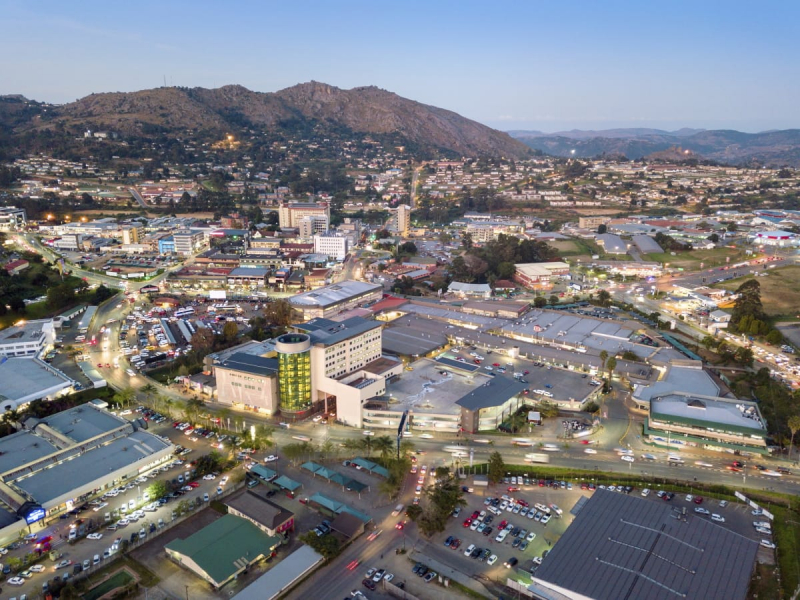
africawanderlust.com 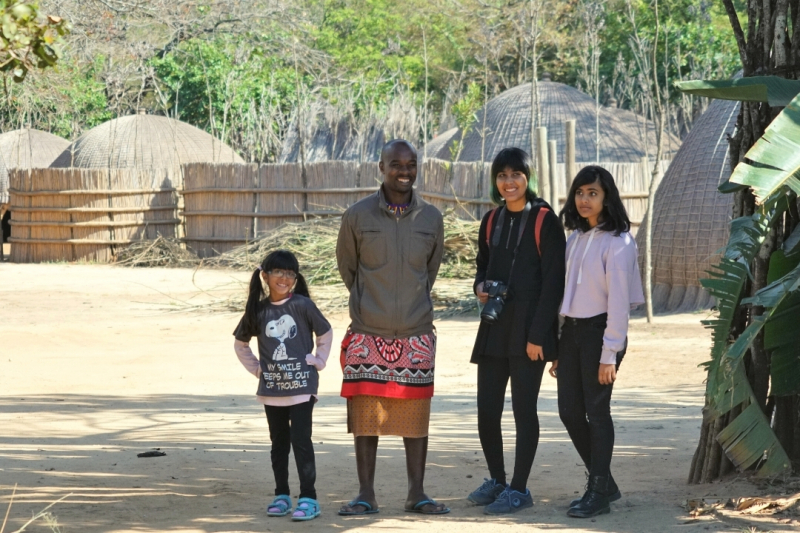
africawanderlust.com -
Polygamy is permitted in Eswatini and is one of the Things About Eswatini You Should Know, however, it is uncommon due to expensive dowry costs. Eswatini has a common law system based on Roman-Dutch law and a native unwritten Swazi law system. Polygamous weddings are usually performed according to traditional law, however, they can also be performed under civil law.
The judicial system's dualistic nature complicates the question of women's rights. Women's rights are frequently vague and alter depending on where and by whom they are interpreted because traditional marriage is controlled by uncodified law and custom. Couples frequently married in both legal and traditional ceremonies, posing challenges in identifying which set of regulations governs the marriage and, in turn, which set of rules governs child custody and inheritance in the event of divorce or death. A guy can have multiple wives in a conventional marriage. A man who marries a woman under civil law is only allowed to have one wife, though this restriction is commonly disregarded in practice.
Eswatini is a polygamous country, and while having numerous wives is becoming less prevalent due to the high cost of dowries, it is still practiced. King Mswati III is said to have had 13 wives, while his father, the previous king, was said to have had almost 100.
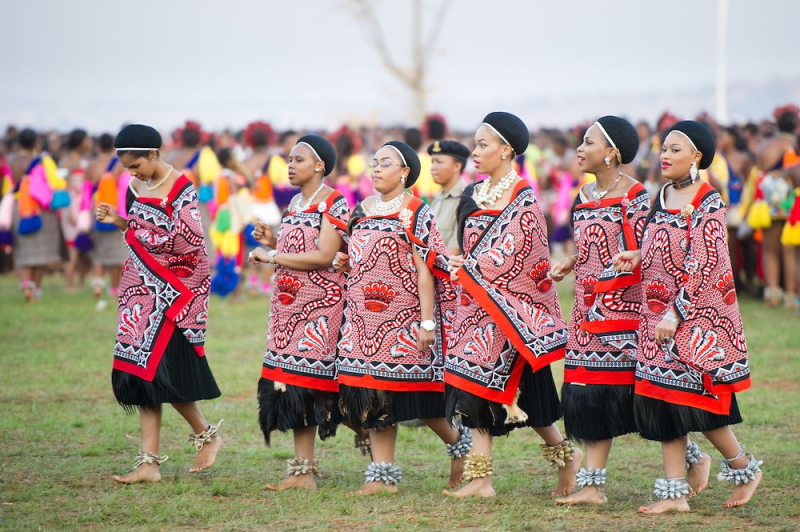
theculturetrip.com 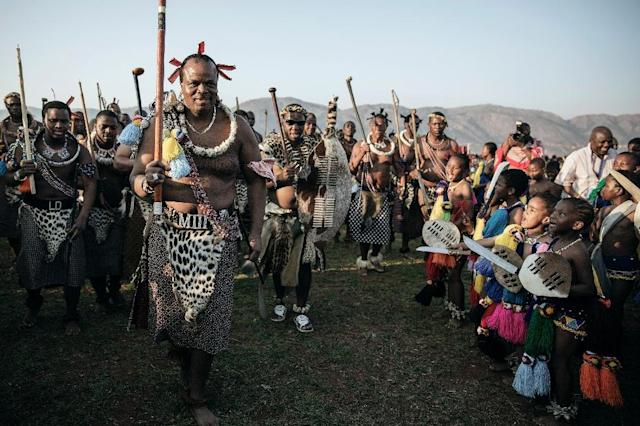
theculturetrip.com -
While many people in eSwatini know English, learning a few phrases in the indigenous language, siSwati, is a smart idea. SiSwati is a Bantu language that might be difficult to learn due to the presence of multiple clicks that are not audible in European languages.
Swati, Sewati, Swazi, and siSwati are all names for the same language, which belongs to the Nguni family of languages. It is also one of the numerous Bantu languages spoken in South Africa and Swaziland. Swati is one of South Africa's 11 official languages, and many schools teach it to students (some on an optional basis, others as a compulsory subject). Swati is easier to understand when broken down into four dialects: Hhoho, Nandzini, and Shiselweni. These are the four divisions of the country that correspond to the four suitable districts. The siSwati language is divided into two types. Regular siSwati is spoken primarily in South Africa's south and northwestern regions.
Swazi or siSwati is a Bantu language of the Nguni group spoken by the Swati people in Eswatini and South Africa. The number of people who speak the language is estimated to be around 2.4 million. Eswatini and some South African schools in Mpumalanga, particularly in former KaNgwane districts, teach the language. Siswati is one of Eswatini's official languages (together with English) and one of South Africa's eleven official languages.
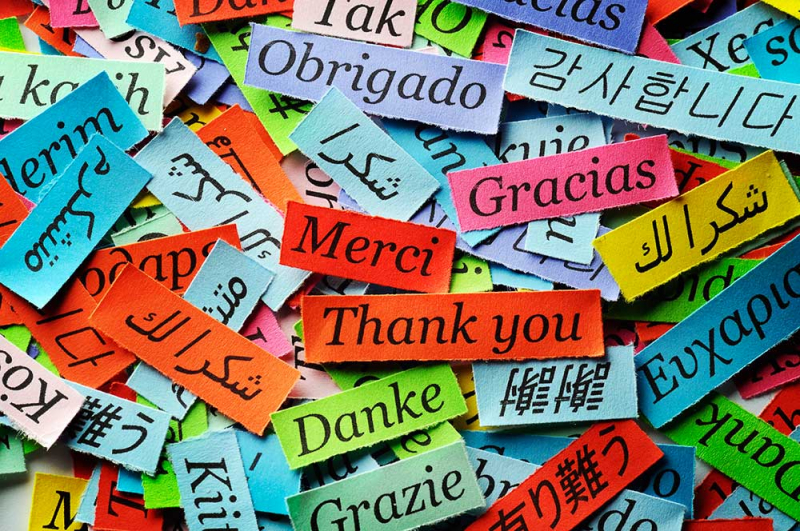
fluencycorp.com 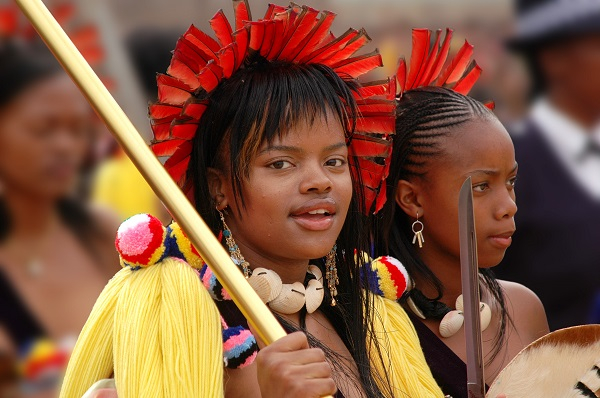
fluencycorp.com -
The traditional culture of Eswatini is most spectacularly expressed through a variety of large-scale ceremonial celebrations held throughout the year. These are living cultural events that, with the exception of a pair of sunglasses and a mobile phone, have altered nothing in two centuries. Visitors are invited (though some areas are kept private), but the rituals make few concessions to tourists. During festival season, the nation is in a celebratory spirit, and bands of warriors or maidens dressed in full regalia are frequently observed on their way to or from the celebrations. Not to be outdone, the present generation has earned a good international reputation for a modern, fresh, energetic music and arts festival.
Umhlanga Reed Dance is the most well-known yearly cultural festival in Eswatini. Young girls cut reeds, offer them to the Queen Mother (Indlovukazi)—ostensibly to repair the windbreak surrounding her royal house – and then dance in jubilation throughout this eight-day festival. Up to 40,000 females participate, clothed in vividly colored clothes, making it one of Africa's largest and most stunning cultural celebrations.
MTN BUSHFIRE is an annual performing arts event conducted over a long May weekend at Malandela's House on Fire. It's one of the biggest and greatest festivals of its sort in southern Africa, featuring everything from live music and drama to cinema, workshops, and a global food market — in short, everything you'd expect from Eswatini's equivalent to Glastonbury.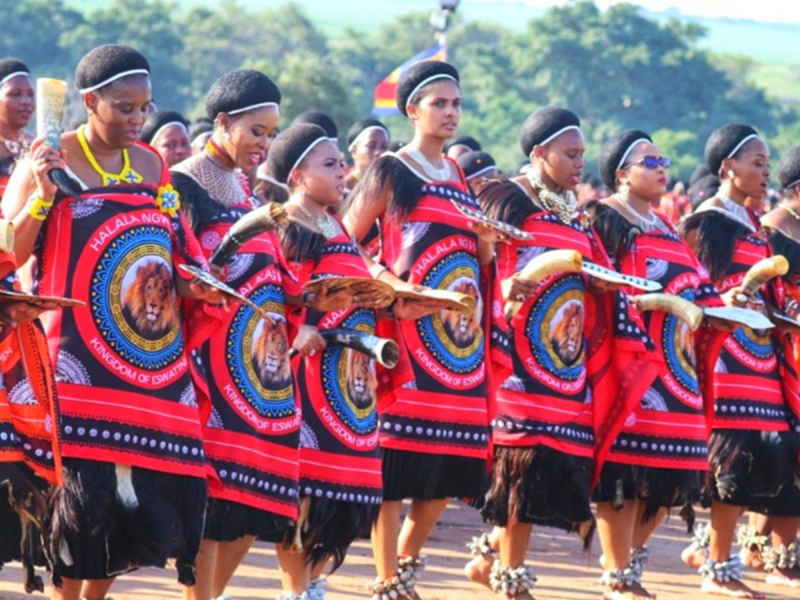
thekingdomofeswatini.com 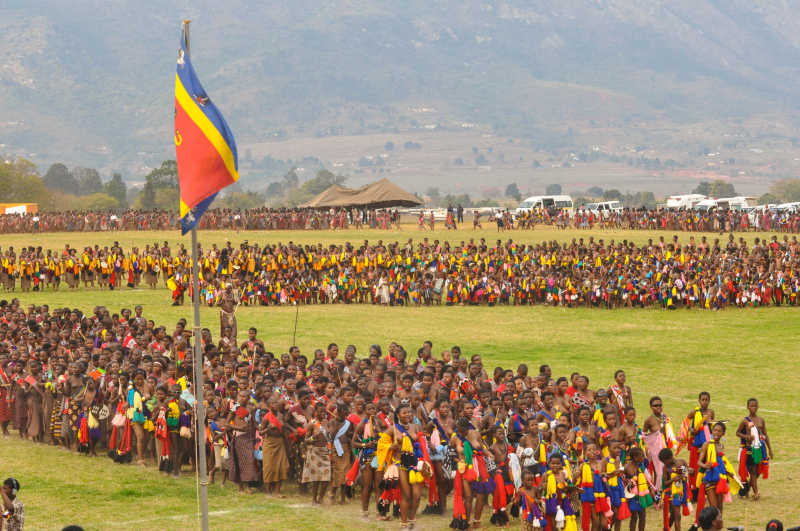
thekingdomofeswatini.com -
Swazis (Emaswati) are proud of their culture and like to share their customs and food with others. In metropolitan areas, there are various fast-food and family restaurant chains, many of which are South African, as well as several independent restaurants serving international cuisine. However, these are few and far between. Despite this outside impact, indigenous dishes remain the most popular meals and drinks.
Umncushu is a traditional Swazi meal. Samp, which is dehulled maize kernels pounded till shattered, is the major component. Sugar or jugo beans are the most commonly used dry beans, however any other dried bean can be utilized. Samp and beans are simmered till mushy, then mashed and combined with crushed peanuts. Umncushu is similar to thick mashed potatoes with chunks of maize and beans mixed in. For enhanced taste, more vegetables, herbs, and spices can be added. The greatest part is the crusty bottom sticking to the pot, known as skhokho! Umncushu can be served simply or with accompaniments such as gravy and meat stews.
Buganu's (Marula Fruit Drink), this drink is so popular that it has its own yearly festival. It is a strong alcoholic brew prepared from the juice and pulp of the marula fruit. Ripe marula fruit is peeled, combined with water, and fermented for three days at room temperature. Normally, sugar is used to hasten the fermentation process. The liquid is filtered to remove the seeds and contaminants before being served. Because it is simple to prepare and can be made using a variety of fruits, it is a popular village business for many gogos (grandmothers/old ladies).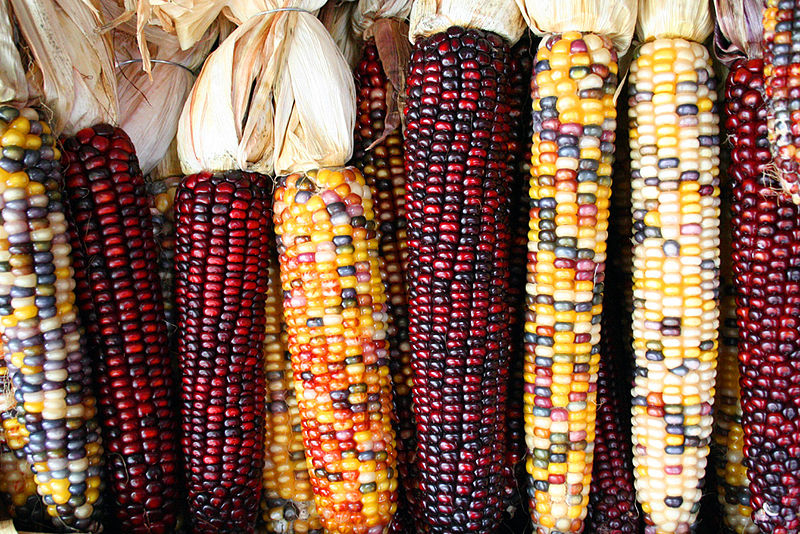
theculturetrip.com 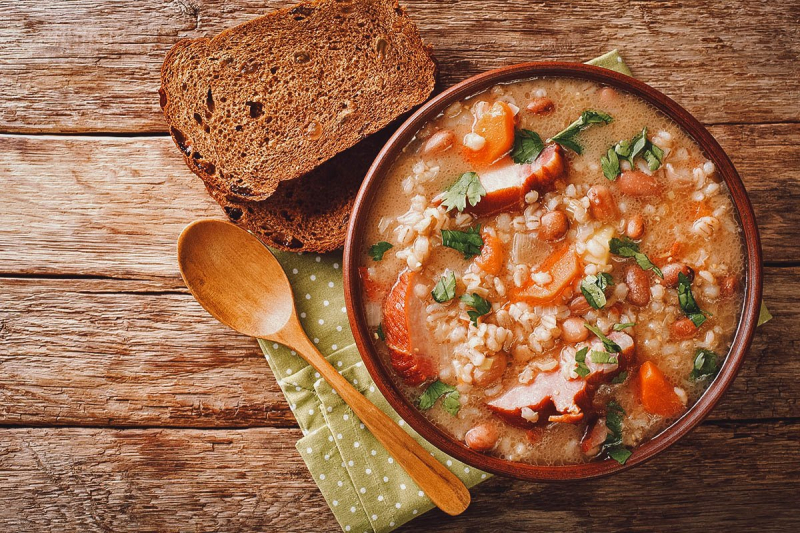
theculturetrip.com














